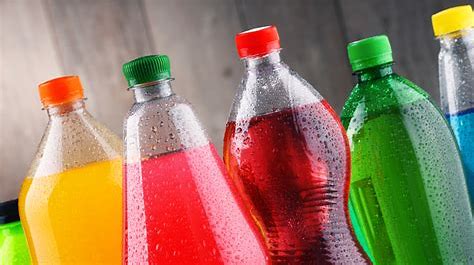Chile's package of policies: A before and after study

New research looking at sugar-sweetened beverage purchases pre- and post-implementation of new food labelling and advertising laws in Chile to tackle obesity.
New research looking at sugar-sweetened beverage purchases pre and post implementation of new food labelling and advertising laws in Chile.
In 2016 Chile implemented the Law of Food Labelling and Advertising. This was a set of policies designed to tackle obesity by subjecting foods and beverages “high in” sugars, sodium, saturated fat, or energy according to Chilean nutrient thresholds to marketing restrictions, banned sales in schools, and the first national mandatory front-of-package (FOP) warning-label system.
Post regulation, it was found that the volume of “high-in” beverage purchases decreased by 22.8ml per person per day.
- Calories from “high-in” beverage purchases decreased by 11.9 kcal per person per day or 27.5%.
- Calories from beverage purchases classified as “not high-in” increased by 5.7 kcal per person per day or 10.8%.
- Calories from total beverage purchases decreased 7.4 kcal per person per day or 7.5%.
- Similar effect across different social classes.
Reductions in “high in” beverage sales after Chile’s package of policies were larger than those observed following standalone policies in Latin America such as a sugar-sweetened beverages tax. This research was carried out by the University of North Carolina at Chapel Hill, University of Chile and National Institute of Public Health in Mexico.

